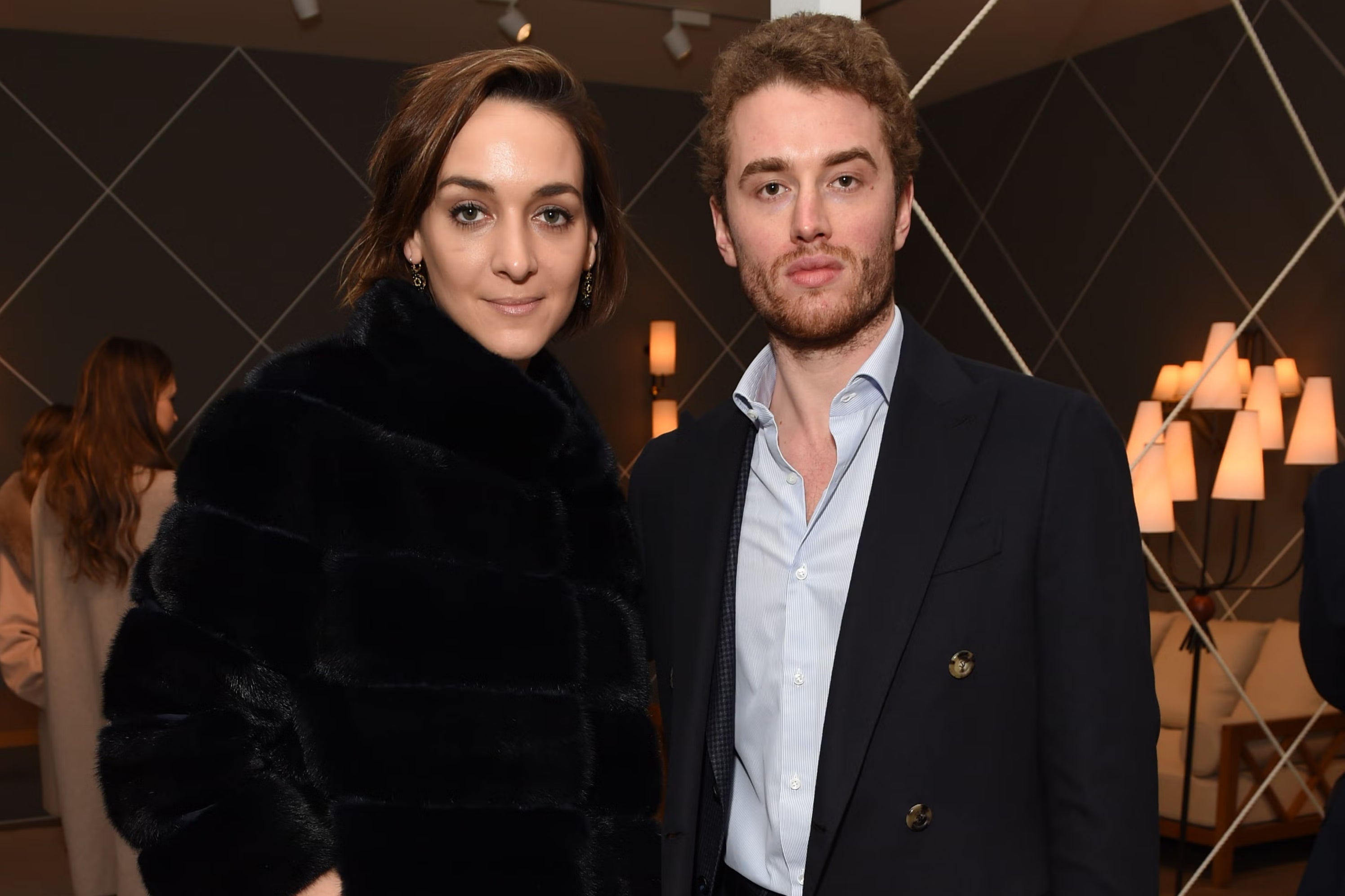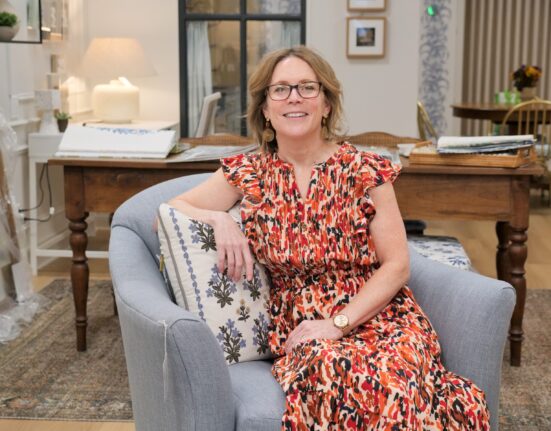Support truly
independent journalism
Our mission is to deliver unbiased, fact-based reporting that holds power to account and exposes the truth.
Whether $5 or $50, every contribution counts.
Support us to deliver journalism without an agenda.

For a while, the name Inigo Philbrick was as good an investment as any in the gilded world of high-end art sales.
The London-born collector’s meteoric rise and perilous fall remains one of the industry’s most sensational tales. A Gatsby-like figure whose fluency in the language of art matched his gift for the art of the deal.
But as the lies piled up and the cash ran dry, the picture Philbrick had painted was exposed and the “biggest art scammer in history” finally crashed back down to earth.
Philbrick’s crimes included selling paintings without their owner’s consent and creating paper trails to drive up their value before flipping them all over again. He charmed and tricked. For years he lived lavishly while talking friends out of fortunes.
According to those in the art world, he was a constant presence at the most sought-after auctions, bidding and buying until all that was left was £69m worth of debts and an arrest warrant to his name.
Now the convicted fraudster, 36, has returned to high society having served four of his seven-year sentence behind bars at the Allenwood Federal Correctional Institute, in rural Pennsylvania.
The disgraced art dealer has lovingly shared snaps alongside his partner, the glamorous socialite Victoria Baker-Harber, a household name in the UK thanks to Channel 4’s reality show “Made in Chelsea”.
And Philbrick is completely unrepentant, hoping his second act can gloss over the tragedy of his first.
Here The Independent lays bare the rise and fall of Inigo Philbrick, art scammer extraordinaire.

Origins
Philbrick was born into a family with strong connections to the art world, and his maternal grandfather founded the company responsible for creating the gold Oscar statue.
Meanwhile, his mother, Jane Philbrick, was a playwright and artist.
His father, Harry Philbrick, a painter, was also the former director of The Aldrich Contemporary Art Museum in Connecticut.
All of this inspired him to follow in their footsteps, with his mum bagging him a coveted internship at the White Cube Gallery in London in 2006.
“Early on I spent a lot of time in artists’ studios,” Philbrick told Vanity Fair. “I became fluent in [the art] world and enjoyed seeing what artists were working on. I wanted to be a lawyer, but I was soon fascinated by the commerce of the gallery world.”
Launch into the art world
Following a successful internship, Philbrick studied art at Goldsmiths, the University of London, famed for its connections to this often niche trade.
He then quickly worked his way up in the business from a modest £28,000 starting salary to the point where he was earning six figures, scaling up his already privileged lifestyle to match.
This saw him develop a penchant for designer suits, fine wine and illicit substances including cocaine and ketamine, which he credits, in part, to some of his short-lived success.
He told Vanity Fair: “I always drank too much, but would always stagger away with a couple of deals done…
“I spent money on clothes, but there’s no unshod art dealer, and private planes were a great setting for closing deals.”
A friend added: “The kind of things he was doing on a weekly basis would keep me up nights on end.
“He would take a private jet in the way that I would take a bus. We would have dinners quite frequently, the two of us, which would end up costing what I took home in a month.”
The turning point
The year 2016 sparked the beginning of the end for the dealer, but it was also the year he met his wife, Made in Chelsea star Victoria Baker-Harber, 35.
The pair’s paths crossed on a yacht trip with mutual friends, and the meeting had a profound impact Philbrick, who soon eventually left the mother of his eldest child and took up with TV star.
This was also the year when he reportedly began selling shares in art that equated to more than 100 percent of their value.
The fraud paid too, at least in the short term, and by 2017, the business he owned reported a turnover of £105m.
The beginning of the end
Despite experiencing such huge surface-level success, by 2019, the fraud that had been fuelling his monetary gain since 2016 was beginning to become known.
The situation was exacerbated when Philbrick realised that people were no longer as keen to buy art from those he represented, and he scaled up his crimes in response.
The Art Newspaper reported: “To keep up appearances and maintain his lifestyle, the art dealer misrepresented the ownership of certain works for his benefit, sold shares of works to multiple investors for totals that exceeded 100 per cent, used some of those works to secure loans for himself and forged consignment documents.”
This soon resulted in the dealer being hit with multiple lawsuits, and he decided that his best bet was simply to go on the run, and he completely abandoned his galleries in London in Miami.
On the run
Philbrick proceeded to travel to Australia, girlfriend in toe, before the pair visited various other countries including Japan and New Caledonia.
After stopping in Vanuatu in the South Pacific in 2020, he was finally apprehended by law enforcement while visiting a market with Baker-Harber, who was pregnant at the time.
Charges
The art dealer was subsequently charged with wire fraud equating to £69m and ordered to repay the sum and spend seven years behind bars.
Philbrick did not go down alone, and he was also sentenced alongside his business partner, Robert Newland, who also pled guilty to one count of conspiracy to commit fraud.
Damian Williams, the United States Attorney for the Southern District of New York, said: “By taking advantage of the lack of transparency in the art market, Philbrick and Newland defrauded art collectors, investors, and lenders by lying about the true ownership interests of artworks and selling or pledging as collateral over 100% of numerous artworks.
“As the financial adviser, Newland appeared to give legitimacy to Philbrick’s art business, but in reality, he perpetuated the fraud. [Their sentences send] a message to anyone who facilitates fraud in the art market that they will face serious consequences.”
But Philbrick, who also pled guilty, stressed to Vanity Fair that what he did was a victimless crime.
The fraudster said that no one so much as a “missed a meal” or was unable to “send their children to university” as he operated in such a high-end market – citing his crimes as nothing more than “greed and ambition”.
Release from prison
Despite being separated from his wife and then-unborn child for four years, Baker-Harber stood by Philbrick’s side throughout his prison sentence.
She has now welcomed him back into her and their daughter’s lives following his release in February.
Reflecting on why he did it, Philbrick added: “I think greed is a natural human state. I’d feel a lot more guilt if I had been drink-driving or if I’d been selling drugs and someone had died.”
Speaking of how Philbrick pulled it off at the time, one of his victims, Kenny Schachter, admitted that it was a combination of his personality and sheer ability to differentiate a good piece of art from a bad one.
“He was cute, he was funny, he charmed the pants off me, and he knew the difference [between a good painting and a bad one],” Kenny told Tatler in 2020.
A return to the art world
The dealer returned to social media in March and was met with a mixed response when he shared a picture of his electronic tag.
The former art dealer is now determined to return to the respected position he once held – even though, as part of his punishment, he now has to pay 15 percent of his monthly income to authorities.
“I’m 36, still a young man, and a second act is going to require my having been upfront and sincere, but also not a martyr… I did things the wrong way. But creatively and with the best of intentions,” he told Vanity Fair.
“I’ll have to tick the box for the felony. But I believe the art world is sophisticated enough to understand I wasn’t Bernie Madoff (who never made an actual investment).”
Despite now living in an undisclosed part of the US, he and his long-term partner are reportedly working on a series about their lives with the BBC.
Not only that but it’s been reported that various film and TV outlets are vying for the rights to the biggest example of art fraud in history.
However, it will be a further two years before he is truly a free man as he has been released to home confinement, which severely limits his movements.







